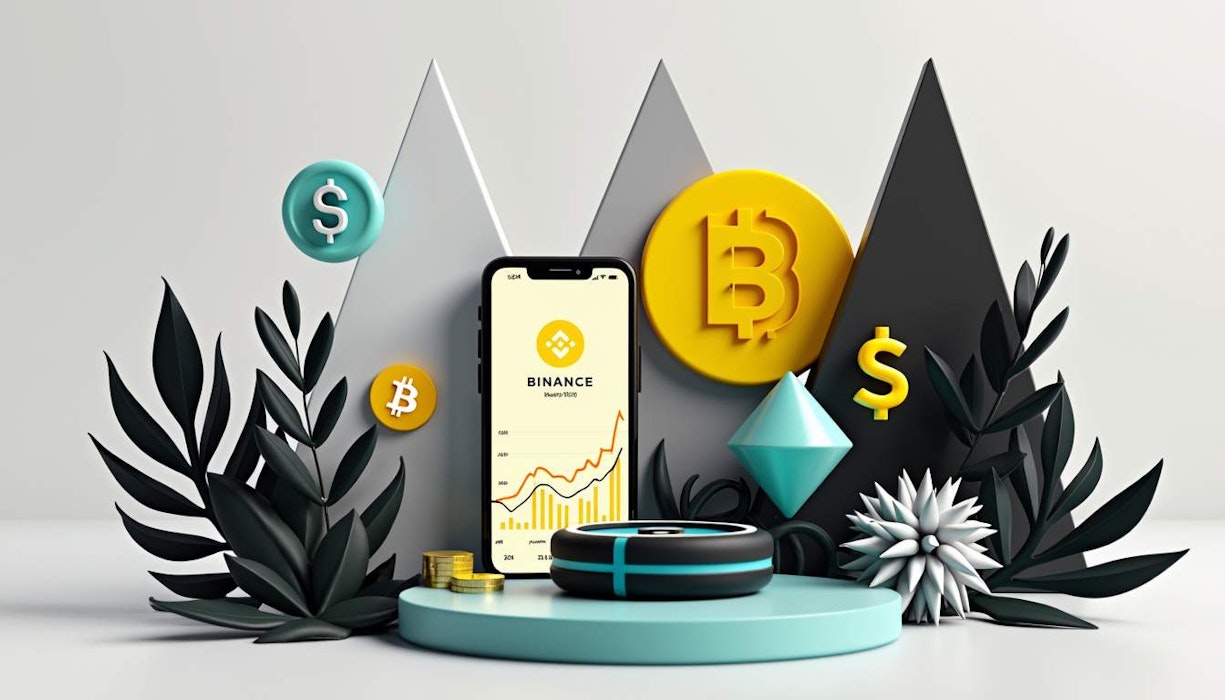Binance's Latest Token Burn Explained
Binance just did their 29th quarterly BNB token burn, and they took out over 1.7 million BNB from circulation. The goal? Pump up the value of BNB by making it scarcer. But honestly, I'm not convinced it's going to have a massive impact right away. In this post, I'll break down how these burns work, what they could do to the market, and why I think psychology plays a huge role in all of this.
How the BNB Token Burn Works
On November 1st, Binance announced that they burned 1,772,712 BNB. They did it in two parts: first, they used their regular Auto-Burn process to get rid of 1.7 million BNB. Then they added another chunk to cover some lost tokens from users who sent them to dead addresses (pro tip: don’t do that).
This burn was worth about $1 billion at current prices and accounted for about 1.22% of the total supply of BNB. Just a few months ago in July, they burned over 1.64 million BNB which was also a hefty amount back then.
The Market Impact on BNB
Now here's where things get interesting—or maybe not so much. Despite burning such a large amount of tokens, the price of BNB barely budged; it was sitting at around $576 at the time of writing this and down about 1%. This makes me think that other factors are at play here.
Supply vs Demand
In theory, burning tokens should make them more valuable if demand stays the same or goes up. It’s like having fewer shares in a company; each one should be worth more if everyone wants one. But as we’ve seen today, that’s not always how it works out.
The Role of Investor Sentiment
I think investor sentiment is key here. If people feel good about holding something—like they’re part of an exclusive club—they’re less likely to sell even when prices dip. But if sentiment turns sour? Well… we saw that happen recently with FTX.
Market Cap Considerations
Burns can also indirectly affect market cap by making each remaining token potentially more valuable—if enough people believe that.
The Psychology Behind Crypto Trading
Let’s be real: trading crypto isn’t just about numbers and charts; it’s also about psychology.
Herd Mentality
First off is herd mentality—people love following what others are doing (or buying). This can lead to collective behaviors that drive trends but may not be based on any solid analysis whatsoever.
Emotional Management
Then there’s emotional management; knowing yourself is half the battle! Crypto trading can be stressful (especially when you’re down), so being aware of your emotional state is crucial for better decision-making.
Chasing Quick Wealth
And let’s not forget chasing quick wealth! Crypto markets are designed for high risk/high reward scenarios which attract all sorts—including those looking for fast cash without much thought given beforehand!
Technical Analysis: Limitations & Combinations
Now onto technical indicators like MACD & RSI—they're useful but come with limitations too!
RSI's Shortcomings
The RSI measures recent price changes but fails miserably during trending markets since it doesn’t predict reversals well enough!
MACD's Drawbacks
As for MACD? It lags behind actual movements & can give false signals unless combined with other analyses!
Better Together
Both indicators work best when used alongside others—think Bollinger Bands or simple price action strategies!
Summary: What Does This Mean For Traders?
So what's my takeaway after diving deep into this? Well...token burns might create some scarcity but their immediate impact seems limited based on current conditions!
For us traders using platforms like binance trade platform understanding these dynamics helps craft better strategies! A mix between solid technical analysis + self-awareness + knowledge about market psychology = recipe success!
